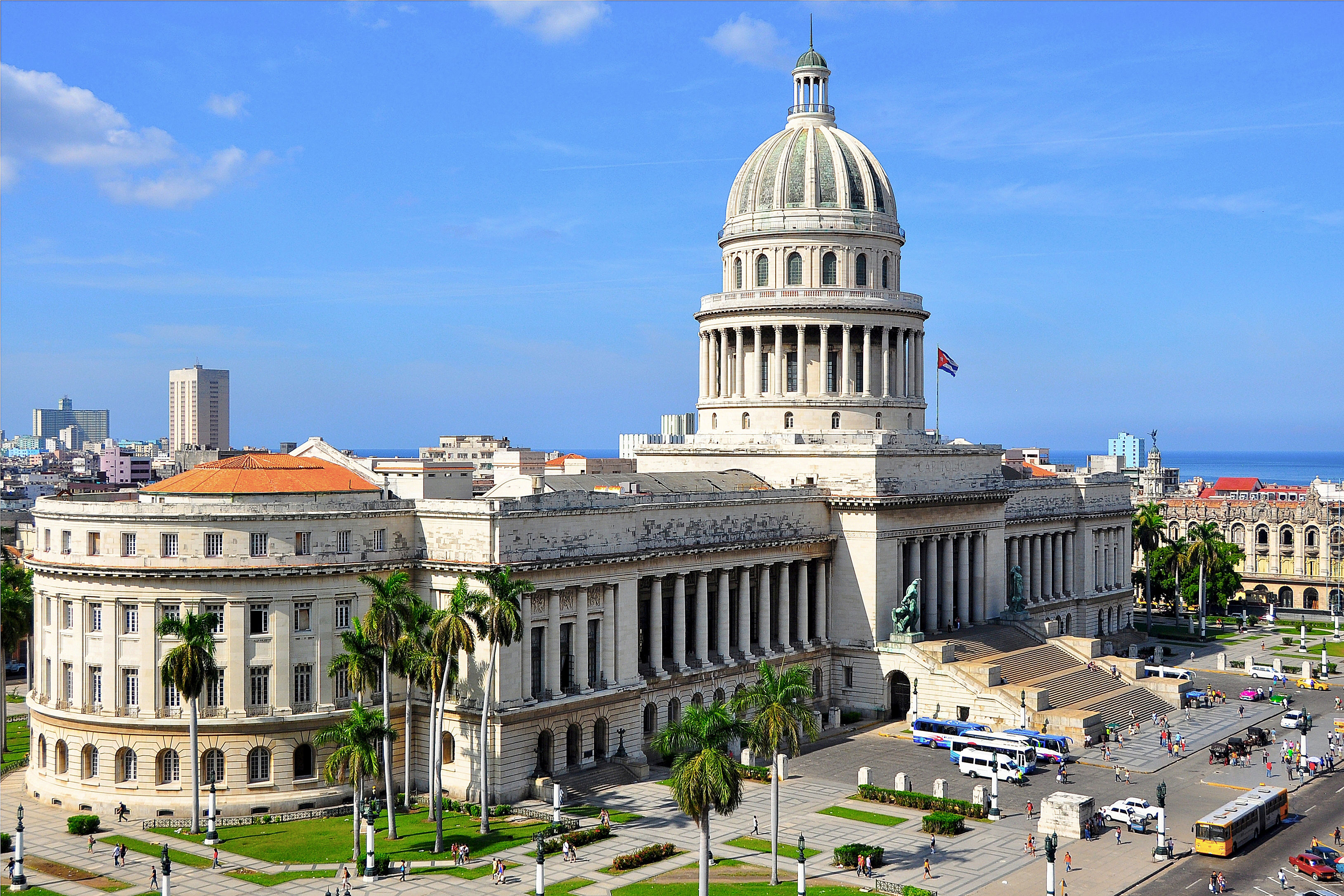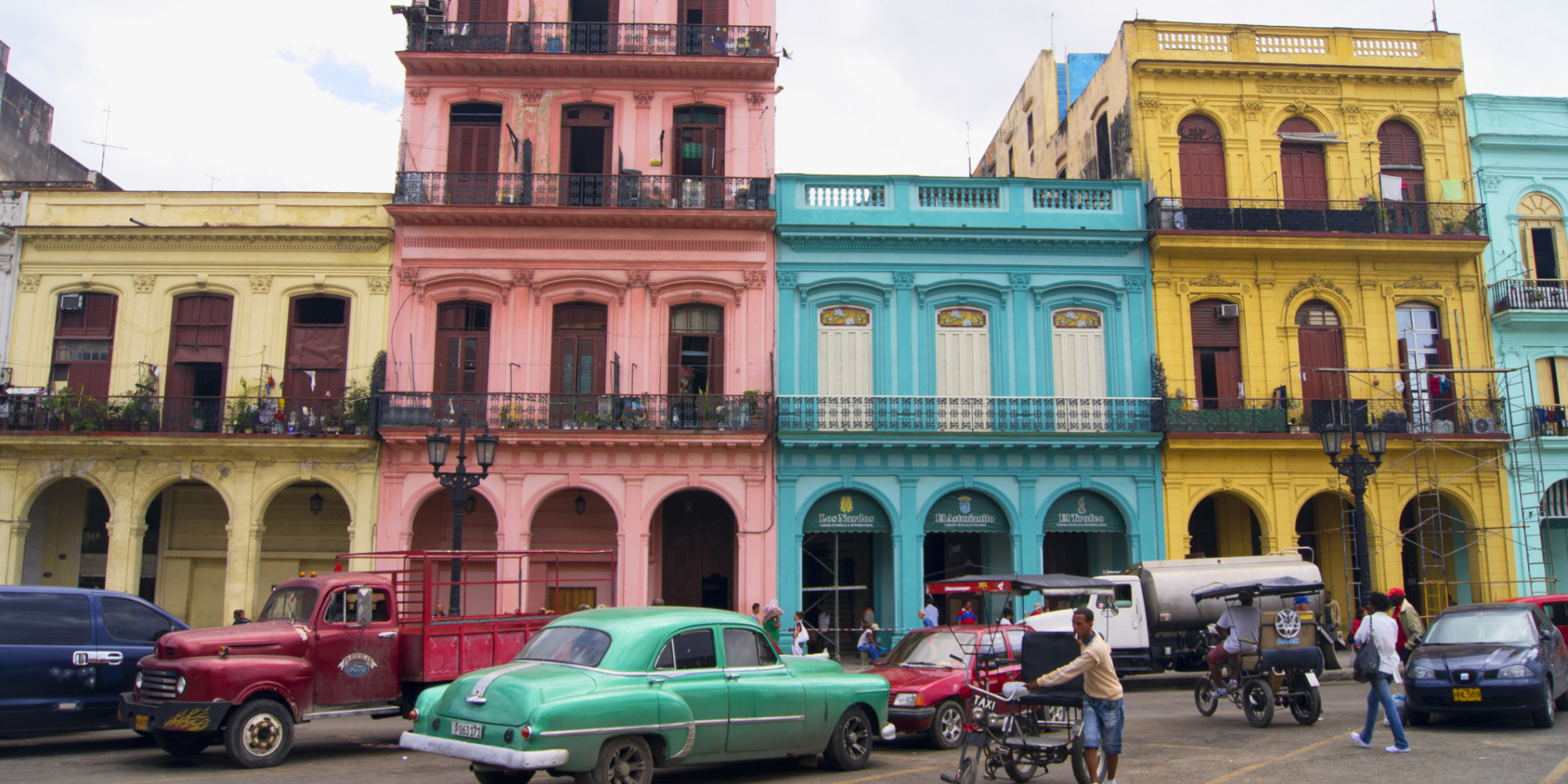
There is something gratifying about solving a good mystery. Sometimes they can be found in books, but more often than not they are uncovered by exploring our vast world. With the travel restrictions to Cuba recently lessened, now is a prime opportunity to unravel the mystery that Cuba has been to us for so long! Today I am going to be discussing the beautiful Old Havana, where the soul of Cuba lies!

Old Havana is a beautiful and culturally rich section of the modern version of Havana, and one of the most exciting places to see in all of Cuba! Havana Vieja was founded by the Spanish in 1519 because of its excellent position in the natural harbor of the Bay of Havana. Over the years Spanish Galleons stopped here as they made their way from the new world back to the old, and vice versa. The city was used heavily in the 17th century in order to build ships for the Spanish fleet. The city was burned down and destroyed by Jacques de Sores after having taken the city with ease and plundering it fully. After this happened the Spanish took steps to ensure that this wouldn’t happen again and brought soldiers into the city as well as built fortresses to better guard it. The first such fortress was Castillo de la Real Fuerza, which began construction in 1558.

El Capitolio, or the National Capitol Building, was the seat of government in Cuba until the Cuban Revolution in 1959. The Cuban Academy of Sciences is now found there. Its name, as well as its design, took direct inspiration from the United States Capitol in Washington D.C. At the time of its completion in 1929 it stood as the tallest building in Havana and remained that way until the 1950s. The building houses the La Estatua de la República, which is the third largest indoor statue in the world. The statue was cast in bronze in Rome in three separate pieces and assembled in Cuba upon arrival. The inspiration for the statue was the Greek goddess of wisdom, Athena.

The Cathedral of the Virgin Mary of the Immaculate Conception is one of the eleven Roman Catholic cathedrals on the island of Cuba. It is located in the Plaza de la Catedral and lies in the very heart of Old Havana. The church serves as the seat for the Roman Catholic Archdiocese of San Cristobal de la Habana, which overlooks nearly 3 million Catholics! The church certainly has many elements of the Baroque style along with a Tuscan influence and is considered one of the finest examples of Baroque architecture in Cuba. The church first began construction in 1748 because the Catholic faith on the island had grown so large that the older churches could no longer sustain the population.

Old Havana certainly has a lot to offer any one who loves history and likes to look at pretty buildings, and to think it is just a small portion of the huge city that is Havana proper! A taste of this great city is simply not enough, which is why we're going there as part of our 8 Day Best of Cuba Cruise! For all of the information on this fantastic trip, please click here.